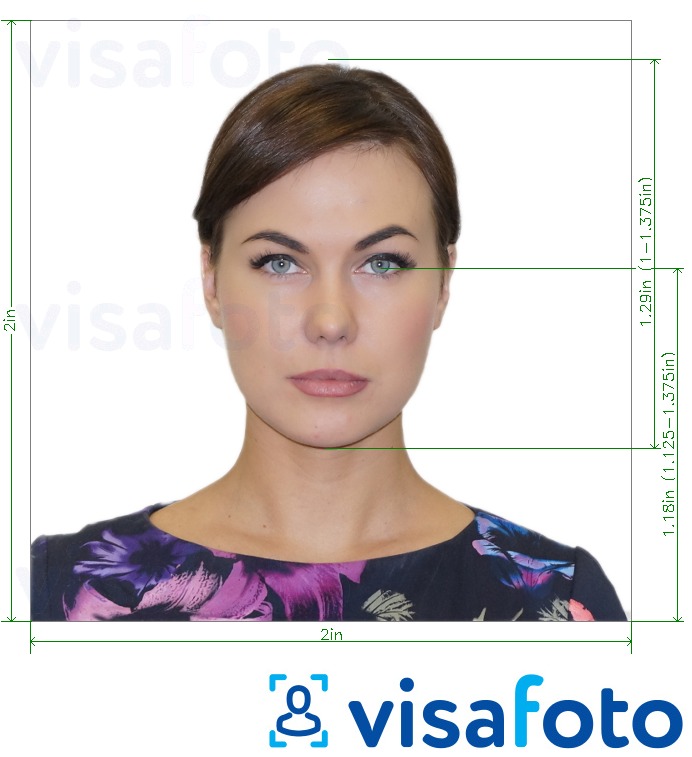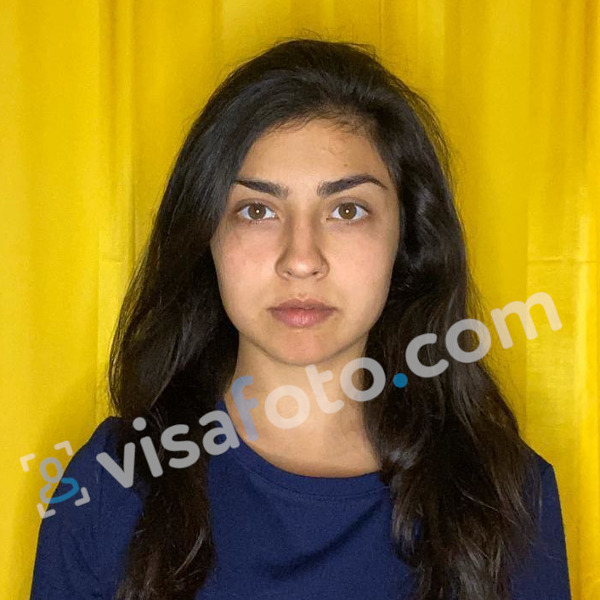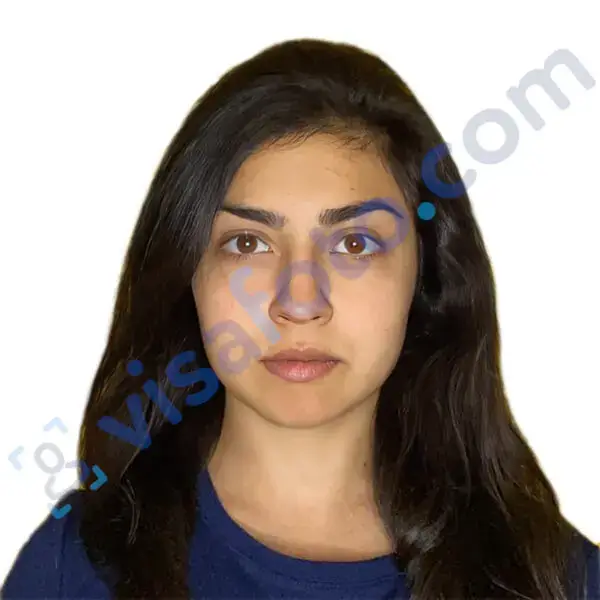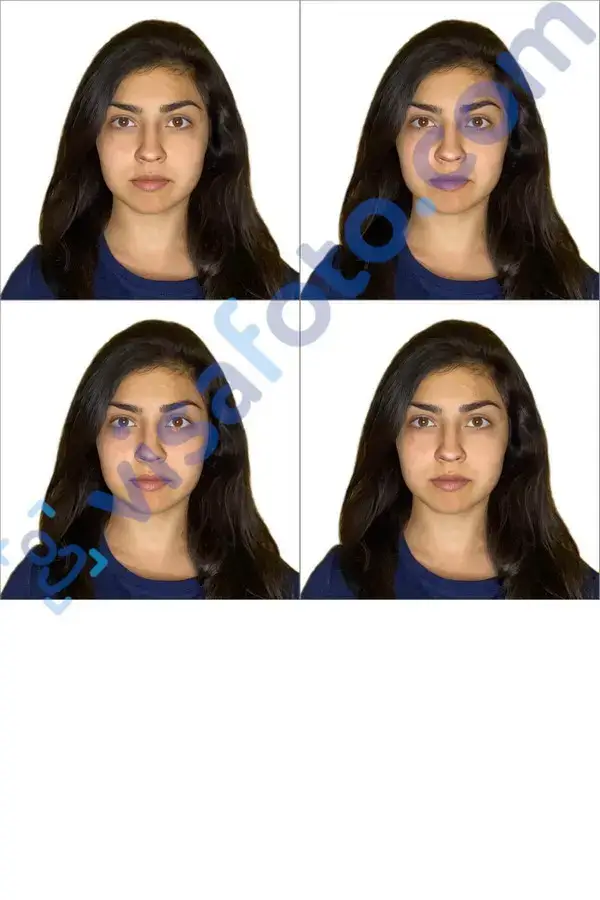US J1 Visa Application Guide
Are you an international student or professional seeking an enriching experience in the United States? Designed to promote cultural exchange, the J-1 visa program offers opportunities to immerse in American society, pursue academic studies, gain professional training, or engage in cultural exchange programs. However, successfully navigating the J-1 visa application process can be complex and overwhelming without the proper guidance.
Table of contents
- US J-1 visa requirements
- What is the difference between F1 and J1 visa?
- J1 visa application process: step-by-step
- Documents required for J-1 visa
- J1 visa interview questions and recommended answers
- How much does a J1 visa cost in total?
- How long does it take to obtain a J-1 visa?
- J-1 visa: length of stay
- J-1 visa extension
In this comprehensive guide, we will take you through a step-by-step journey, answering the essential questions on how to get a J-1 visa to the USA.
US J-1 visa requirements
US visa type J-1 is issued to professionals in education, science, and culture and to participants for such programs as Work and Travel and Au Pair. The primary purpose of this visa is to promote cultural exchange between Americans and citizens of other countries. The main advantage of the J-1 visa is the opportunity to work legally in the United States (if the exchange program provides it).
The J-1 is a broad-based visa covering various groups of programs. You will need it if your trip falls into one of the following categories:
- Au Pair and EduCare
- Summer Work Travel (Work-and-Travel)
- Camp Counselor
- Government Visitor
- Intern
- International Visitor (Dept of State use)
- Physician
- Professor and Research Scholar
- Short-term Scholar
- Teacher
- Trainee
These visas are given to schoolchildren, students, interns, professors, and academics, and foreign visitors invited by the Department of State. The J-1 visa has different requirements depending on each of the above categories. For example, the Au Pair program in the United States is only open to persons 18 or older, and the Work and Travel program is only open to full-time university students.
The general requirements for J-1 visa applicants are as follows:
- Sponsorship: J-1 visa applicants must have a designated sponsor organization approved by the U.S. Department of State.
- Sufficient Funds: you must demonstrate that you have adequate resources to cover your program and living expenses in the United States. The specific financial requirements may vary depending on the program and the sponsor organization.
- English proficiency at a certain level (depends on the program).
- Possession of health insurance and payment of all required fees.
- Absence of immigration intentions: Home country residence: you must have a residence in your home country that you intend to maintain and return to after completing your program. This requirement ensures that applicants do not have immigration intent or plans to overstay.
- Background checks: most programs require you to undergo background checks to ensure you do not have a criminal record or pose a security risk to the United States.
Dependents of J-1 visa holders, such as spouses and unmarried children under 21, can apply for J-2 visas. A J-2 visa allows one to study full-time or part-time in the United States and to apply for work authorization, known as an Employment Authorization Document (EAD), to work in the United States legally.
Read more: New U.S. Student Visa Rules 2025: Key Changes & How to Apply
What is the difference between F1 and J1 visa?
The F1 visa is designed for international students pursuing academic programs at accredited U.S. universities or colleges. Its primary focus is on full-time academic study. Here you can find a comprehensive F1 visa FAQ.
The J1 visa is a broader category encompassing various exchange programs, including educational, cultural, and professional exchanges. It covers various activities, such as research, training, teaching, and participation in cultural programs.
J1 visa application process: step-by-step
Step 1: Enter the exchange program
Before you can initiate the visa process, you need to become a participant in the exchange program. The sponsoring organization will then give you the DS-2019 form, which you will need to apply for a J1 visa.
Step 2: Pay the fees and fill out the form
Since May 2023, the J1 visa application fee is $185. Exchange visitors must also pay a SEVIS (Student and Exchange Visitor Information System) fee of $220. You can learn how to pay the visa fee on your local consulate's website.
Exchange visitors sponsored by the U.S. government (USG) are exempt from paying a J-1 visa fee.
After paying the fee, you must complete the DS-160 visa form on the U.S. Department of State website. Here you will find detailed instructions on how to complete the form.
The DS-160 form must be accompanied by a digital photograph that meets U.S. visa photo requirements. You can get a matching photo instantly at Visafoto.com by simply uploading any portrait of yourself in full-face, even lighting.
Visafoto will edit the background of the photo, set the desired size and format. The resulting photo will be fully compliant with the specified rules.
Source

Result

Take an image with a smartphone or camera against any background, upload it here, and instantly get a professional photo for your visa, passport, or ID.

You will get two files from Visafoto: a digital photo for electronic applications and a template ready for printing.


Confirmation of the DS-160 must be printed out and taken with you to the interview at the embassy.
Step 3: Pass the interview at the U.S. Embassy
After completing the questionnaire, you need to make an appointment for an interview at the embassy in your country. You can do this at the CGI federal portal or at the website of your local consulate.. Print the confirmation of the appointment and bring it with you. Take all the required documentation (invitation letter, confirmation of application form DS-160, one photo taken within the last six months, valid passport, original copies of receipts for payment of fees, etc.).
Here you can find detailed guidelines for your U.S. visa interview.
Documents required for J-1 visa
While the specific documentation requirements for a J-1 visa application and interview may vary depending on the designated sponsor, here is a list of mandatory documents:
- DS-2019 Form: This is the Certificate of Eligibility for Exchange Visitor Status, which the designated sponsor organization issues.
- DS-160 Confirmation Page: You will need the confirmation page with the barcode, which you should have generated after completing and submitting the visa application form.
- Passport valid for at least six months beyond your intended stay in the United States.
- Proof of payment for the visa application fee (MRV fee).
- Receipt of payment for the SEVIS (Student and Exchange Visitor Information System) fee.
- A recent color photograph of 2x2 inches (51x51 mm) in size).
The typical supporting documents for the J-1 visa interview are:
J1 visa interview questions and recommended answers
During a J1 visa interview, the consular officer will ask various questions to assess your eligibility and intentions for the exchange program in the United States. While it's important to answer truthfully and provide genuine responses, here are some typical questions along with suggested answers:
What is the purpose of your visit to the United States?
Recommended answer: "I have been accepted into a J1 exchange program to [describe the program, e.g., participate in an internship, conduct research, teach, etc.]. This will give me cultural exchange opportunities and enhance my skills in [specific field/area]."
What are your plans after completing the exchange program?
Recommended answer: "Upon completing the trip, I plan to return home to apply the knowledge and skills I gained in the United States. I am committed to positively contributing to my field back home."
How will this exchange program benefit your future career or academic goals?
Recommended answer: "The trip will provide me with invaluable hands-on experience, exposure to new perspectives, and an opportunity to develop a strong professional network. These will greatly enhance my future career prospects or academic pursuits."
Do you have any ties to your home country that will ensure your return after completing the program?
Recommended answer: "Yes, I have a [describe family, property, job, etc.] in my home country. Additionally, I have a [describe any future commitments, such as job offers, educational programs, or community involvement] that further demonstrate my intention to return."
What are your plans for cultural exchange and interaction with Americans during your stay?
Recommended answer: "I am excited about engaging in cultural exchange activities during my stay in the United States. I plan to actively participate in [name specific activities or initiatives, such as attending local events, volunteering, joining clubs or organizations, etc.]. I am eager to learn about American culture and contribute positively to the community."
Remember, these are just sample questions, and the ones asked during the interview may vary. It's important to provide honest and concise information, maintain a confident and respectful demeanor, and ensure that your responses align with your application and supporting documents. Preparation and familiarity with your exchange program and the reasons for participating will be key to successfully passing the consular interview.
How much does a J1 visa cost in total?
The total J-1 visa price can vary depending on several factors, including the program category, the designated sponsor organization, and individual circumstances. Here are some expected payments associated with obtaining a J-1 visa:
- SEVIS fee: the standard SEVIS fee for J-1 exchange visitors is $220. Several special programs may involve subsidized payments of only $35.
- The visa application fee: the MRV fee must be paid when scheduling the visa interview. As of 2023, the visa application fee for most nonimmigrant visas, including the J-1 visa, is $185.
- Medical insurance: you must have insurance that meets minimum coverage criteria of at least $100,000 per accident or illness. The cost of medical insurance can vary depending on the duration of the J-1 program and the insurance provider. The basic rates start from $50 per month.
- Program fees: Some J-1 programs may have additional program fees charged by the designated sponsor organization.
Some J-1 visa programs are sponsored by foreign governments or international organizations that provide financial support. In such cases, all costs are covered by the program organizer.
How long does it take to obtain a J-1 visa?
The J-1 visa processing can vary depending on various factors, including the U.S. Embassy or Consulate workload, the time of year, and the specific J-1 program category. To get a more accurate estimate of J-1 visa waiting times, it is advisable to consult the website of the specific U.S. Embassy or Consulate where you will be applying. They may provide updates on current processing times or any significant delays.
How long can you stay in the U.S. on a J-1 visa?
J-1 visas vary significantly in duration, depending on the program, contract, and other details.
All J1 visa holders are allowed an additional thirty days in the United States after the exchange program ends. During the grace period, J visa holders are permitted to travel within the country and/or prepare to leave the United States.
Can you enter the U.S. before your J1 visa starts?
Yes, but not earlier than 30 days before the beginning of the program.
J-1 visa extension
As a J-1 visa holder, you also have the right to request an extension of your stay in the United States. To do this, your sponsor must pay a fee of $367. If the extension request is approved, the applicant will receive a new DS-2019 form. If the extension is denied, the original visa expiration date will remain in effect.
After you return back home, you usually must reside in your country for at least two years before you can obtain another J-1 visa. If you want to travel to the United States for tourism purposes, a B1/B2 visa is appropriate.
Last update: May 2023